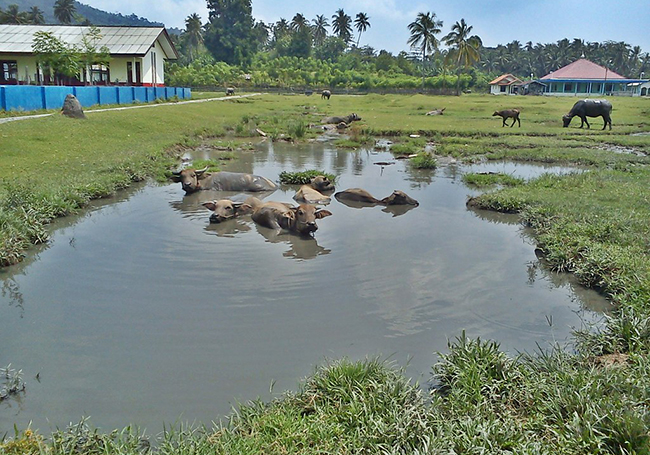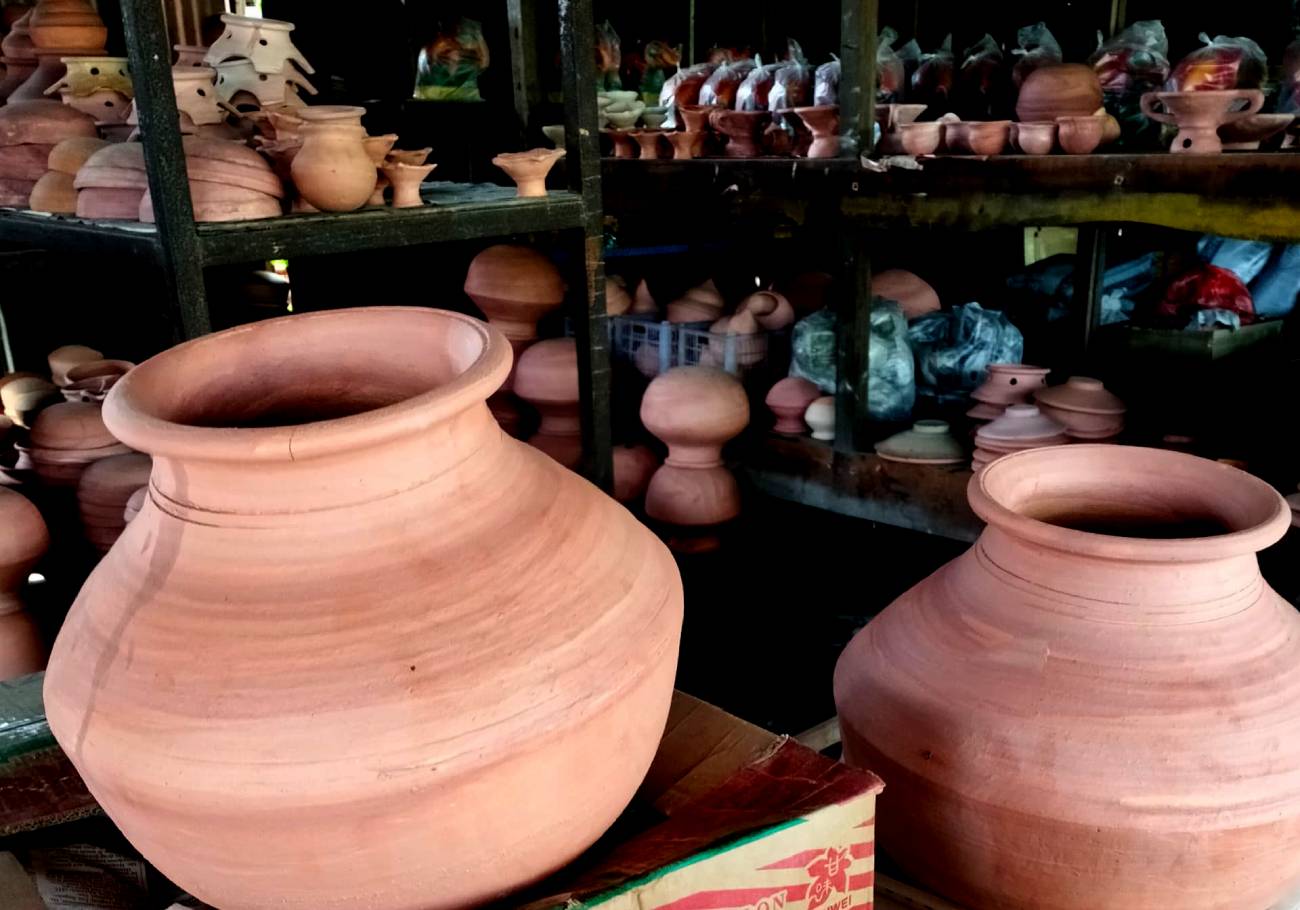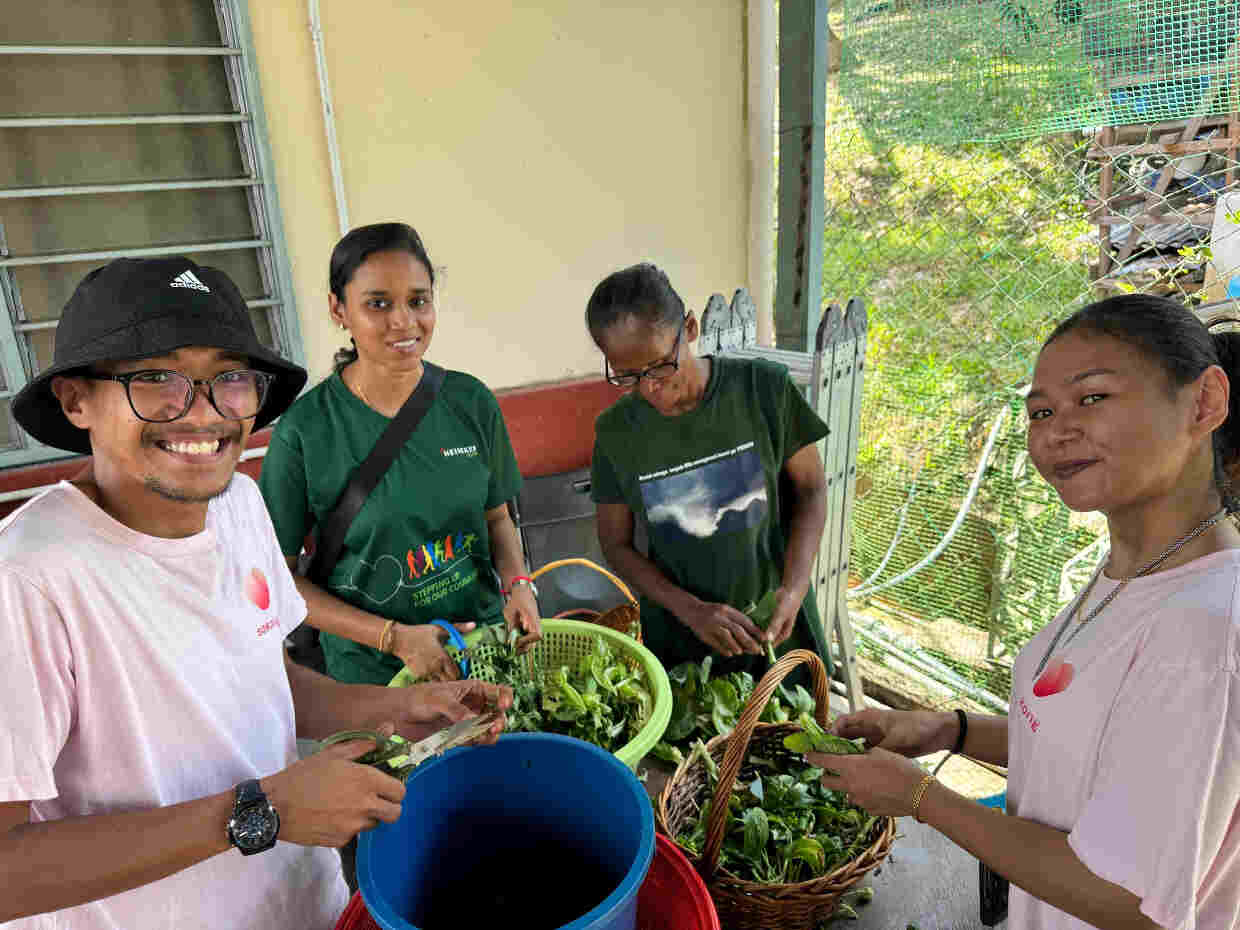
My kampung, Kerdau, a peaceful medium-sized village along the road to Taman Negara, Pahang, is a blend of old and new.
It’s an agricultural area, depending on rubber, palm oil, leech cultivation, durian plantations and the most lucrative – kerbaus’.
Kerbau, or to a Mat Saleh, a water buffalo, is plentiful around here. They are found everywhere.
Most east coast Malays are fond of kerbau meat compared to beef. They say that kerbau meat is more tender than beef.
A kerbau is also considered cleaner as cows are scavengers and eat rubbish. At least that’s what they say. I’m not jealous of kerbau owners because rearing kerbaus is hard work.
Lucrative business

This one guy I know owns about 250 kerbaus. That is a lot of kerbaus. Each kerbau can easily fetch RM2,000 or more.
Mathematically, 250 heads of kerbaus multiplied by RM2,000 equals 500,000 ringgit in Malaysia. That is a lot of smackeroos. Therefore, it is a lucrative business.
Ali (not his real name) has been rearing kerbaus for the past 20 years. It’s a legacy inherited from his late father, his family’s primary breadwinner.
Kerbau is an easy animal to take care of.

They are robust, hardy and resilient animals and relatively free of diseases. Water buffaloes love to wallow in mud and water or ‘eww’.
To accommodate his 250 kerbaus, Ali converted disused rice fields belonging to him and that of others into a big wallowing haven for the beasts.
He lets them roam free, and they go anywhere they want. His kerbaus are often found outside swampy areas looking to graze on greener pastures and exotic plants.
The downside is that they wander into someone’s vegetable patch and wreak havoc, often obliterating whole farms and causing significant financial damage.
Kerbaus causing accident

They are also a significant menace when they end up along the trunk road to Jerantut and Temerloh. This area is heavy in traffic. This is where the problem really begins.
Kerbaus are hardly visible when driving at 100km an hour on a rainy night.
They are dark-skinned and can only be discernable from about 50 feet, and slamming on the brakes at a distance does not usually bode well for man or beast.
You brake, the wheels lock, and you go hurtling forward. Unless you take evasive action, the car drifts dangerously towards the nearest kerbau.

If you are lucky, your car will only be dented, and you will escape injuries.
If you are lucky, that is. A friend ploughed into a kerbau once, and by God’s grace, he was not injured.
He tried locating the owner of the kerbau, but no one came forward to take responsibility.
This friend, a rubber tapper with two school going children, had to withdraw RM3,000 of his hard-earned savings to pay for repairs to his damaged car.
In another fatal case, in 1997, my school gardener, who had four mouths to feed, rammed into a kerbau and died on the spot.
The trunk road from Temerloh to Jerantut in Pahang is notorious, and drivers are advised to be extra cautious, especially at night.
Imagine a family losing their breadwinner due to man’s selfishness, greed and ignorance.
This article was initially published on Malaysiakini.com










